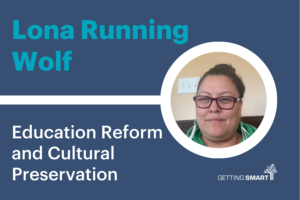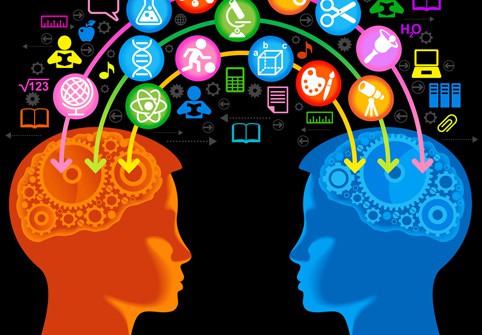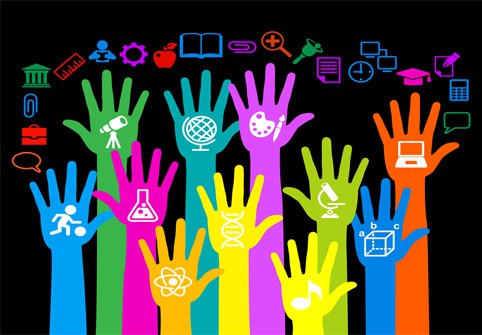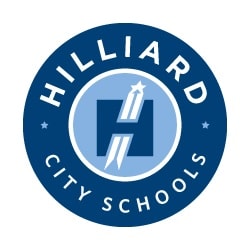learning spaces
3 Ways to Make Video Even More Interactive
Throughout my teaching career I have gravitated toward using technology to further my instruction for students outside the classroom walls. This began with developing my classroom website and progressed toward video resources for excerpts of lessons I found myself repeating often for students in the learning process.
Infographic: How Do Professors Use Social Media?
We all know college students are using social media. Yet, how are professors and faculty members at their universities picking up on the trend? As it turns out, nearly two-thirds of faculty are using social media - Facebook, Twitter, LinkedIn, Blogs, Wikis, Podcasts, etc. - each month for personal and sometimes professional uses.
How the Flipped Classroom Turned Me into a Better Student
My first two years of high school were a continuous struggle. I wasn’t very engaged during class, had a difficult time doing my homework, and was unable to get help from my parents because they didn’t know the material that I was being assigned. After my sophomore year I took the ACT test and scored a 13 – which was not good enough to have many options after high school.
Rapping Math Teachers at Westerville South Win $15,000 Video Contest
Compass Learning recently launched its Ideal Learning Environment Video Contest, asking students, teachers and others with an interest in education to submit videos that demonstrate their ideal learning environment.
The Case for Authentic Learning
It was John Dewey who created the notion of “learning by doing.” His famous line was, “Education is not preparation for life: Education is life itself.” And years later it was Jerome Bruner who stated that it wasn’t enough to learn, say, history. The more successful approach would be to teach students to think like a historian. The ideas of these education philosophers, and others such as Johann Pestalozzi, are making something of reappearance in the call for more authentic learning experiences in an age of extensive testing. Authentic learning could be defined as learning that involves real-world tasks and problems.
14 Open Resources For High School
Last week Secretary Duncan said it was time to dump the heavy, expensive books students lug around in their backpacks. We agree, it's time to shift to digital. High-quality open educational resources (OER) help make the case.
The Flipped Classroom Turns Around an At-Risk, Failing School
As a principal of Clintondale High School, I’ve witnessed firsthand the struggles that a school must endure to educate at-risk students. Many of the students at Clintondale are faced with obstacles that hinder their education: 74 percent of our 570 students qualify for the free or reduced lunch program, 38 percent receive special education services and 70 percent are a racial minority. Like many schools around the country, our students were failing their classes. In fact, two years ago our failure rate was 61 percent in some cases.
It’s All About Culture at Acton Academy
From the moment you arrive at Acton Academy in Austin, Texas you can tell this school is different. Culture oozes from every ounce of the staff and students. By 8:00am students are lining up to run into their classrooms even though school does not start until 8:30am.
Flipped Classroom Personalizes Education for Students
Long gone are the days of asking little Jimmy to walk to the blackboard and complete question three from last night’s homework. Jimmy, who is panicked because he didn’t fully understand the lesson, is about to give an incorrect answer in front of his peers and become unengaged in the class. Today’s students want customized options and a learning plan that works for their unique abilities. Hilliard City Schools is using the flipped classroom to not only meet that desire for more personal attention, but to empower students to thrive in the 21st century.
How to Leverage Tech to Keep Students Focused
Technology has the potential to dramatically change the role of teachers, especially when it comes to secondary and higher education. Students no longer need instructors to pass along facts when they have access to the internet and other data gathering sources that they can use to learn the essentials. Teachers, then, must transition to take on more of a “guiding” role in students’ education—they should suggest materials and assign exercises to help students think deeply about and synthesize information.







